In a world where technology evolves at lightning speed, retrofuturism stands as a captivating bridge between nostalgia and innovation. This artistic movement draws inspiration from past visions of the future, blending vintage design with futuristic aesthetics. As we delve into the realm of retrofuturism, we uncover how the art of yesterday shapes the art of tomorrow.
Retrofuturism: How the Past Shapes the Art of Tomorrow
Retrofuturism blends nostalgia with innovation, using past visions of the future to shape the art of tomorrow. It critiques society while sparking creative dialogue.
Por: Angela Leon Cervera
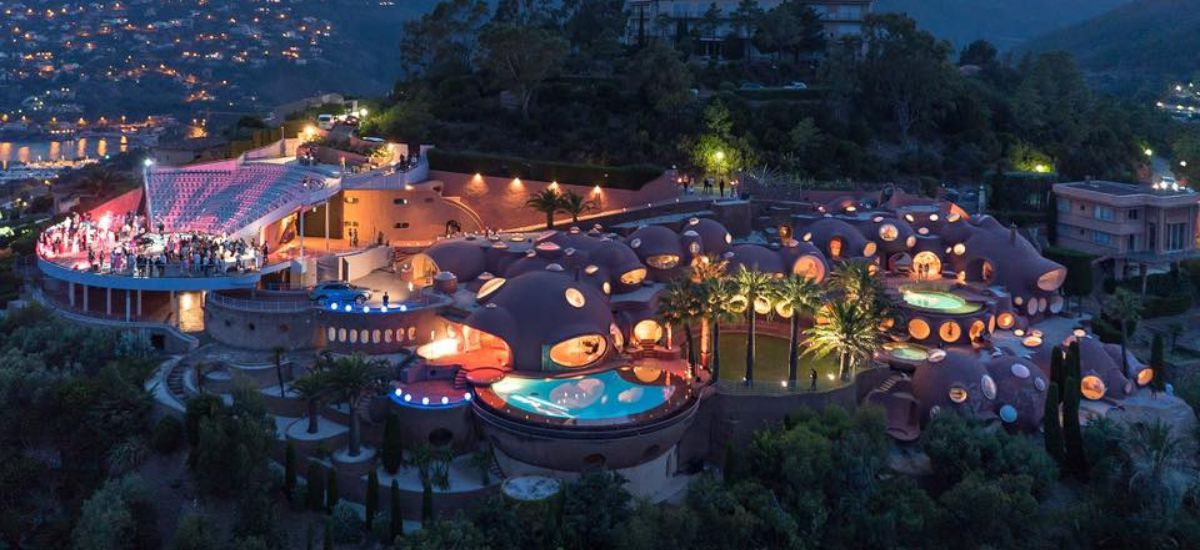
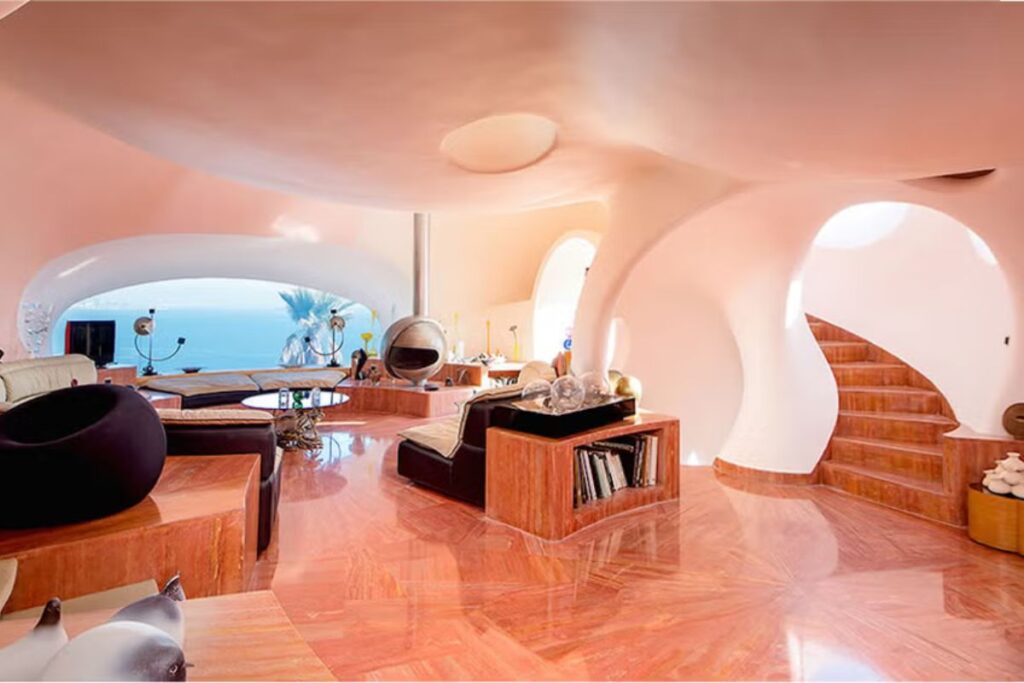
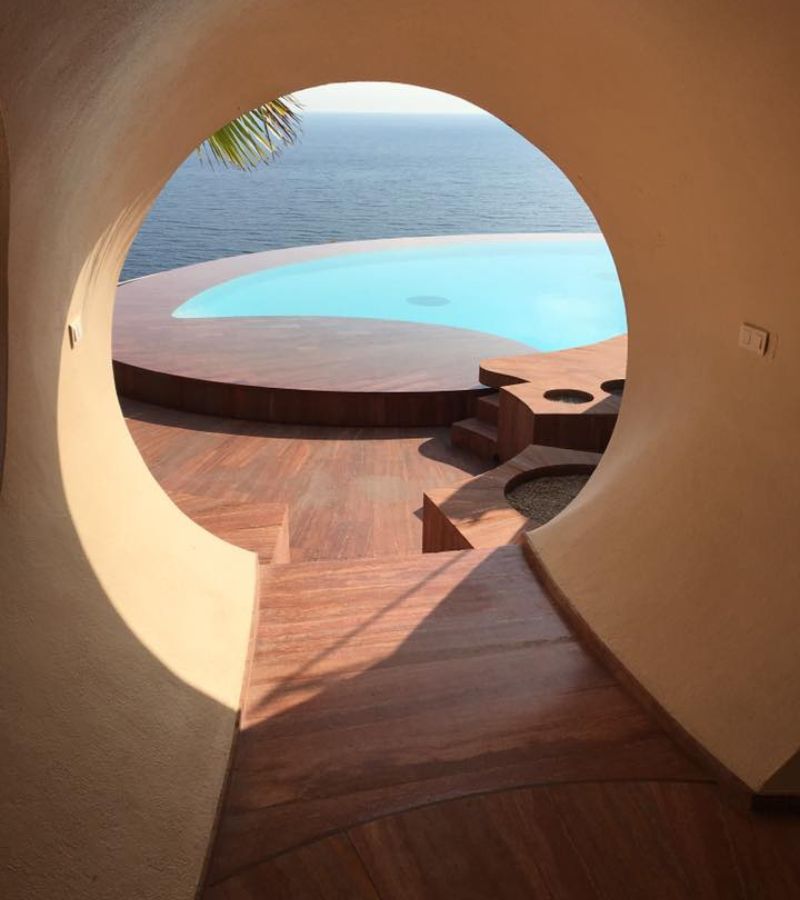
What Is Retrofuturism and Why Does It Matter?
Retrofuturism is not just an art style; it’s a cultural phenomenon that reflects society’s hopes and fears about the future. This movement combines elements of retro design with futuristic concepts, often depicting how people in the past imagined life in the years to come. Think of flying cars, sleek robots, and vibrant cityscapes that echo the optimism of mid-20th century America.
The significance of retrofuturism lies in its ability to evoke a sense of wonder while critiquing contemporary society. By revisiting past futures, artists challenge current technological advancements and societal norms. This exploration creates a dialogue about what progress means and how it impacts our lives.
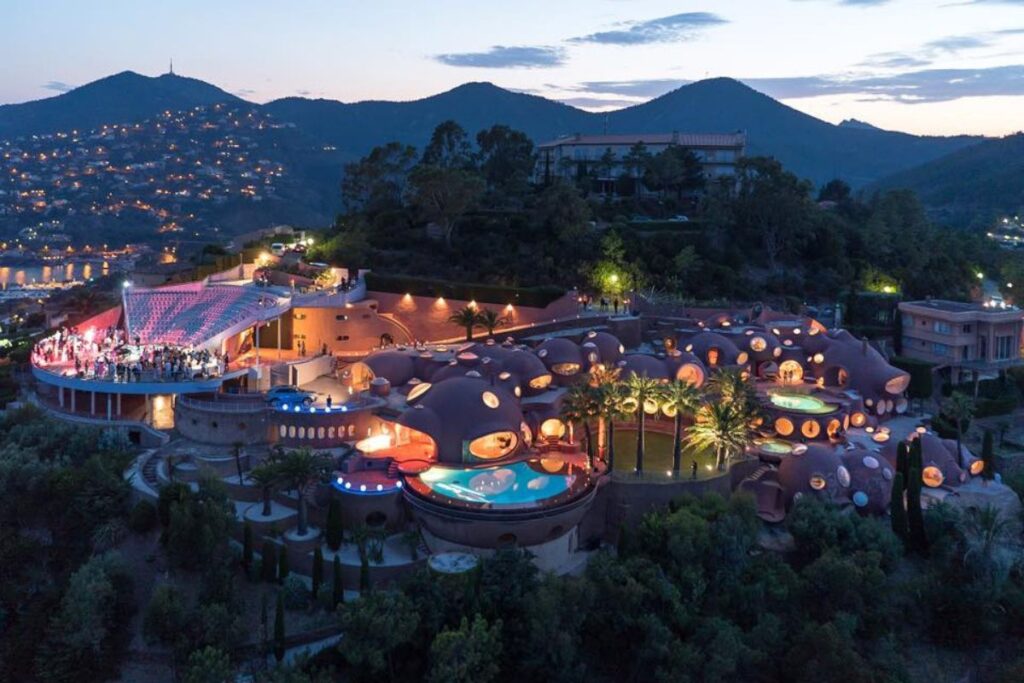
How Do Past Influences Shape Future Aesthetics?
The interplay between past influences and future aesthetics is central to retrofuturism. Artists draw from various historical periods—be it the optimism of the 1950s space race or the bold colors and patterns of the 1970s—to create works that resonate with today’s audience.
For instance, vintage sci-fi illustrations often inspire contemporary digital art, showcasing how past imaginings can inform modern creativity. The aesthetic choices made by artists like Syd Mead or Ralph McQuarrie continue to influence filmmakers and designers today, reminding us that yesterday’s visions can illuminate today’s artistic expressions.
Moreover, retrofuturism often incorporates elements from various cultural backgrounds, showcasing a rich tapestry of influences. This blending of styles not only enriches artistic expression but also fosters inclusivity within the creative community.
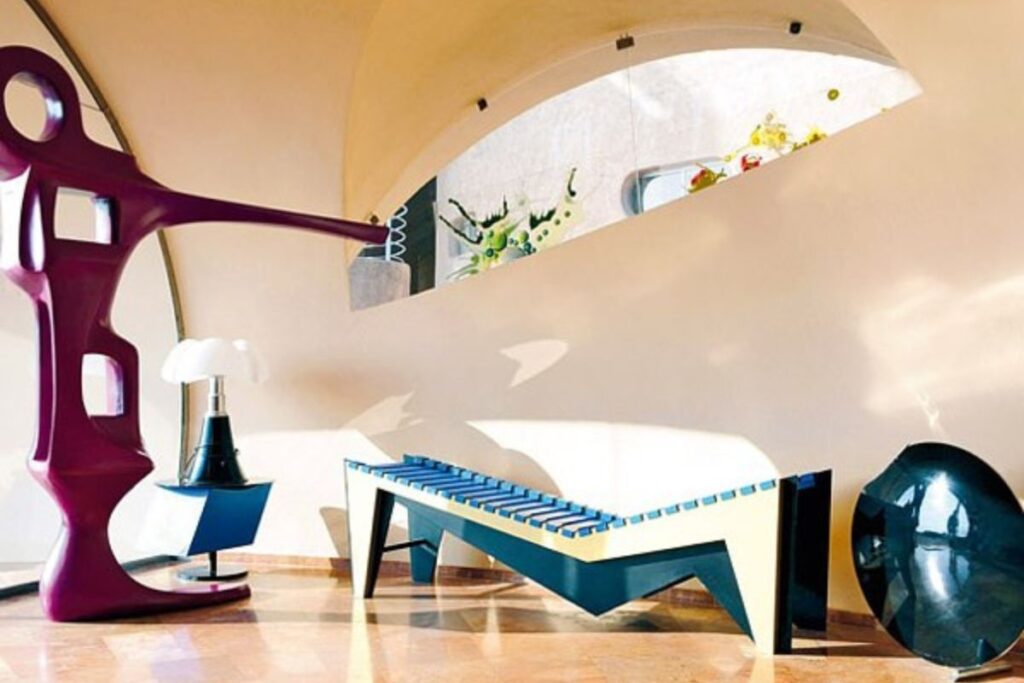
What Role Does Nostalgia Play in Futuristic Art?
Nostalgia is a powerful force in retrofuturism. It evokes feelings of longing for simpler times while simultaneously inviting viewers to imagine what could have been. This duality creates a unique emotional experience that resonates deeply with audiences.
Artists utilize nostalgic innovation to reimagine familiar concepts through a futuristic lens. For example, modern furniture designs may incorporate mid-century aesthetics while utilizing cutting-edge materials. This fusion allows for a fresh take on vintage styles, making them relevant in contemporary settings.
Additionally, nostalgia serves as a critique of present-day realities. By contrasting idealized past futures with current societal challenges—such as climate change or technological alienation—artists provoke thought and inspire change.
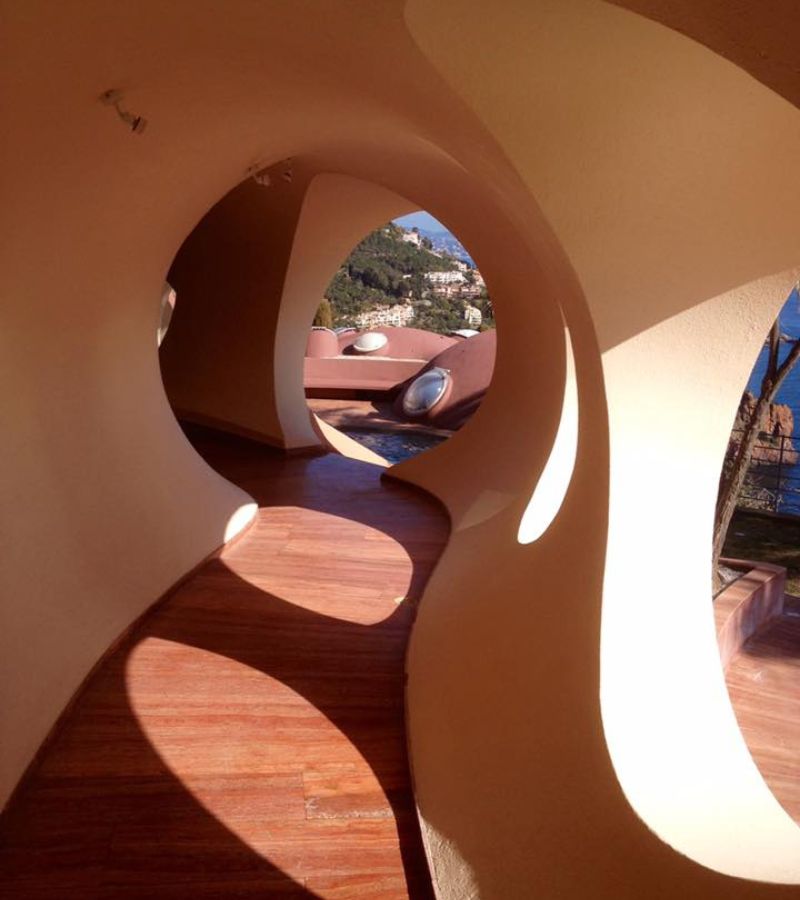
How Is Retrofuturism Evolving Today?
As we navigate through the 21st century, retrofuturism continues to evolve. The rise of digital media has opened new avenues for artists to explore this aesthetic. Virtual reality experiences and interactive installations allow audiences to engage with retrofuturistic concepts in immersive ways.
Moreover, popular culture plays a significant role in keeping retrofuturism alive. Films like Blade Runner 2049 and series such as The Mandalorian draw heavily from retrofuturistic themes, blending nostalgia with cutting-edge visual effects. These works not only entertain but also spark conversations about our collective vision for the future.
Retrofuturism serves as a fascinating lens through which we can examine our relationship with time—past, present, and future. By merging vintage design with futuristic ideals, artists create works that challenge perceptions and inspire innovation. As this movement continues to flourish, it reminds us that understanding our history is crucial for shaping a brighter tomorrow.
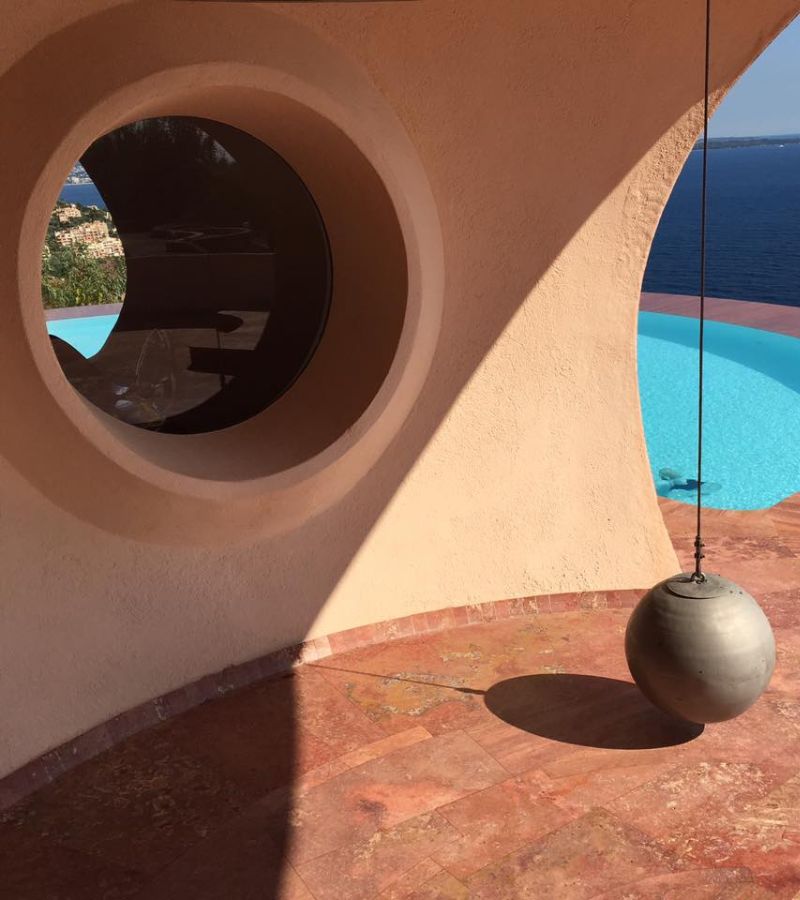
Frequently Asked Questions About Retrofuturism: The Art of the Future
- What defines retrofuturism? Retrofuturism combines past visions of the future with contemporary aesthetics, creating art that reflects nostalgia and innovation.
- How does nostalgia influence retrofuturistic art? Nostalgia evokes feelings of longing while prompting critiques of current societal issues through idealized past futures.
- What are some examples of retrofuturistic themes? Common themes include flying cars, utopian cities, and vintage sci-fi elements that blend old-fashioned designs with futuristic technology.
- How has digital media impacted retrofuturism? Digital platforms enable artists to create immersive experiences that engage audiences with retrofuturistic concepts in innovative ways.
- Why is retrofuturism relevant today? It offers a unique perspective on contemporary issues while celebrating creativity rooted in historical influences.
Retrofuturism invites us on an intriguing journey through time—one where yesterday’s dreams shape tomorrow’s realities in unexpected ways.
If you liked this article about retrofuturism and how the past shapes the future of art, please share it. You may also be interested in Millennial Collecting: How New Generations Buy Art at Art Basel and Carlos Castro: Immersive Art at LA COMETA Gallery. Check out the other articles in our Culture section.
